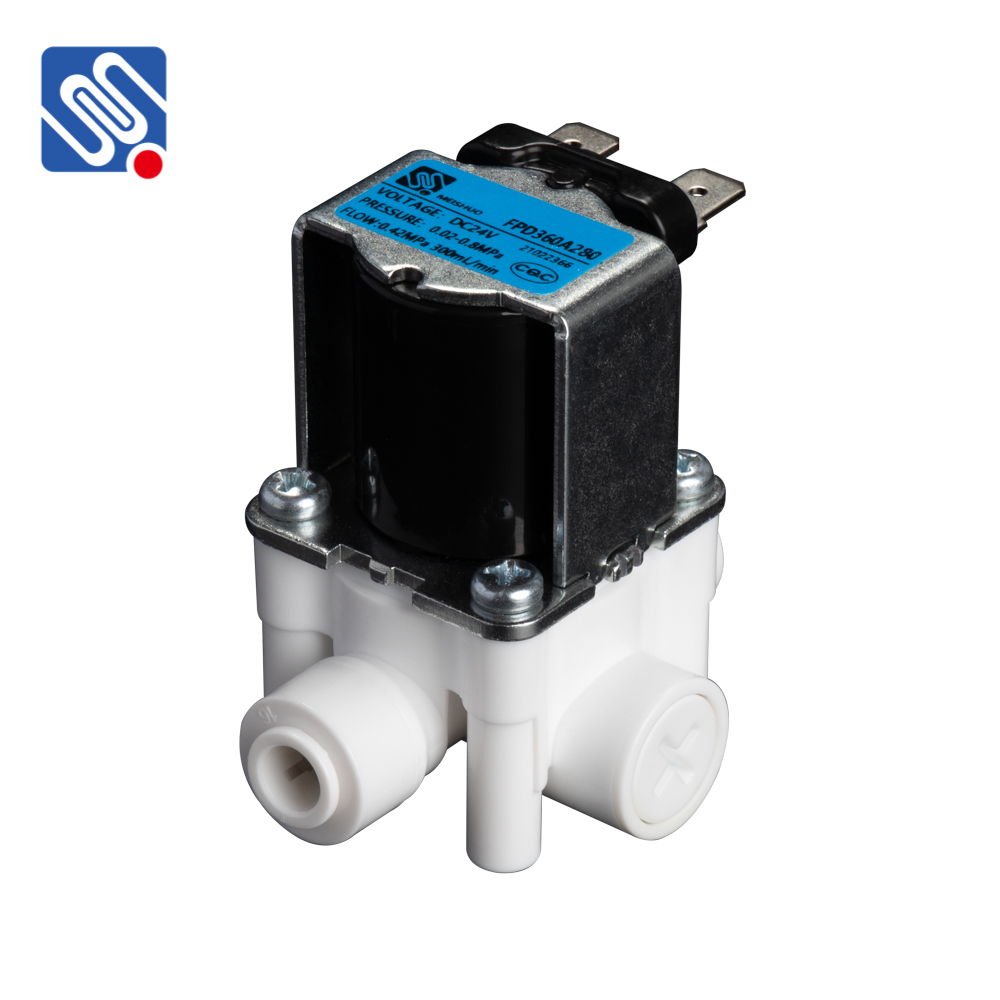A DC solenoid valve is an essential component in many modern automation systems, used to control the flow of fluids or gases through a pipeline by utilizing the principle of electromagnetism. Whether it’s controlling water flow in home appliances, air in industrial machinery, or oil in hydraulic systems, DC solenoid valves play a vital role in ensuring precise and reliable flow control. This article explores the working principle, key features, advantages, disadvantages, and various applications of DC solenoid valves.

Working Principle The core function of a DC solenoid valve is based on the interaction between an electromagnet and a valve mechanism. The valve consists of a coil, a magnetic core (solenoid), a valve body, and a movable plunger or armature. When direct current (DC) flows through the coil, it generates a magnetic field. This magnetic field either attracts or repels the plunger, causing it to move and either open or close the valve. In a typical configuration, the valve is either “normally open” (NO) or “normally closed” (NC). When the coil is energized, the valve either opens (in the case of NO) or closes (in the case of NC), allowing or blocking the passage of the fluid. The solenoid valve can also be designed to have a bistable mechanism, which allows the valve to retain its position even when the power is turned off, relying on the spring mechanism for reset.